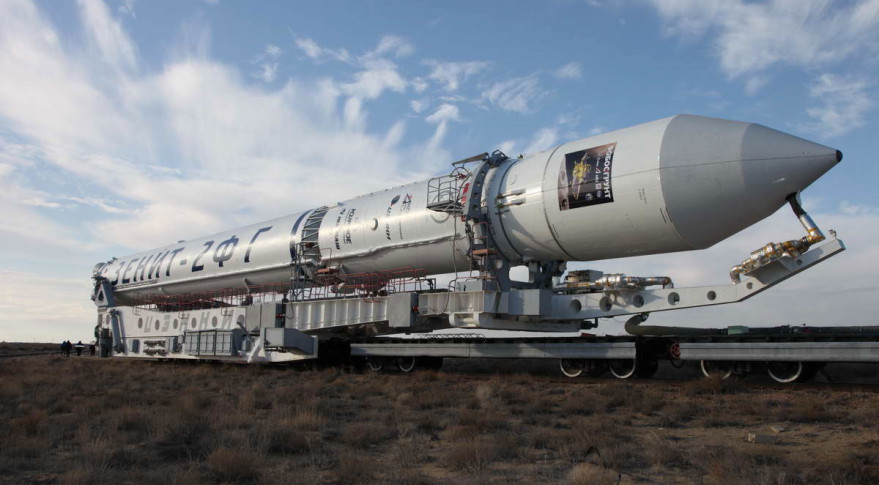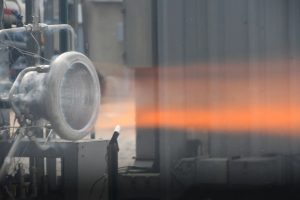In the Brexit & Biden era: We examine the movement of space tech between UK & USA/EU/non-EU
7th Dec 2020
With the Technology Safeguards Agreement in place between the UK and USA, securing the ability to import rocket technology from the United States onto UK soil for launch, we then started to think about the movement of technology across Europe.
With Brexit looming, there could be trouble ahead. But, what is the current situation between countries within the EU and which companies are already moving space technologies between different sovereign nations?
It is likely that the TSA will primarily benefit the likes of Lockheed Martin, who have secured an agreement with Shetland Space Centre and who don’t have a rocket launch vehicle on UK soil, but who are a shareholder in Rocket Lab. The likeliness is that they will bring one of Rocket Lab’s Electron rockets to the UK for their first launch.
Will UK government & Joe Biden see eye to eye?
Although one event may have a significant impact on the TSA. It is quite likely that the British government did not expect Donald Trump to lose the presidential election. The winning candidate, Joe Biden, is no fan of Boris Johnson and is quite likely to revise quite a lot of what Trump put in place during his tenure. He will definitely be looking at both the Space industry and any inter-connected commercial activities that involve military hardware or services.
The movement of space launch technologies is a complicated area when it comes to export and import controls. Intellectual property also comes into play when a technology moves between territories and companies.
Scottish rocket built in Denmark
We have been pondering whether companies like Orbex Space – who’s founders were involved in rocket development at Copenhagen Suborbitals – have created their own rocket and engine designs from scratch or whether they were based on designs originated at Copenhagen Suborbitals. Keeping in mind that designing and building a rocket engine is a complex and very expensive undertaking. It would often be far less expensive and significantly less risky to use an existing design and maybe tweak it a bit. Or a hybrid mix of multiple designs.
Whether Orbex use their own design or one that originated at another organisation still remains an unanswered question. But what about the movement of hardware between their workshops in Denmark & Germany to their UK base in the Scottish Highlands? With their workforce bill in Denmark considerably higher than that in their UK location, we can make a safe assumption that they are building hardware there.
The Ukrainian rocket engine in Germany?
We got a heads up from one of our writers who was recently participating in a space industry event when he was struck by something that emerged during the event. Rocket Factory Augsburg in Germany made quite a revelation quietly with very little fanfare. The company shared details of their LOX/Kerosene engine – and it appeared to be different to the one they had been parading publicly to date. This was a new engine. OK, so not a big deal you may think. Well, actually, it was.
Firstly, to design, develop and build a new rocket engine is, as we have previously mentioned, a timely and expensive process. It is a massive undertaking, particularly when you take into account the need to test extensively post-production and all the other qualification processes that need to be executed.
Secondly, there was no song and dance being made. If you had spent considerable amounts of cash developing a new rocket engine – and included something innovative or new (which our contact was unable to establish), then you would be publicising this from the rooftops. In fact, RFA did sing from the rooftops about their original rocket design. So, why not shout about this one?
From what was presented to the attendees, this appeared to be Ukrainian rocket engine technology. There were too many similarities to existing Ukrainian engines for this not to be the case. In fact RFA presented a slide during the event that showcased the RD8 engine from the former soviet union, with an almost identical specification to their own.
If they are using Ukrainian technology then it isn’t clear how this would work with the movement of such tech between the countries as there are very strict export controls on such hardware and also the Ukrainian government have historically been very protective of their space legacy.






Thank you for your comment! It will be visible on the site after moderation.